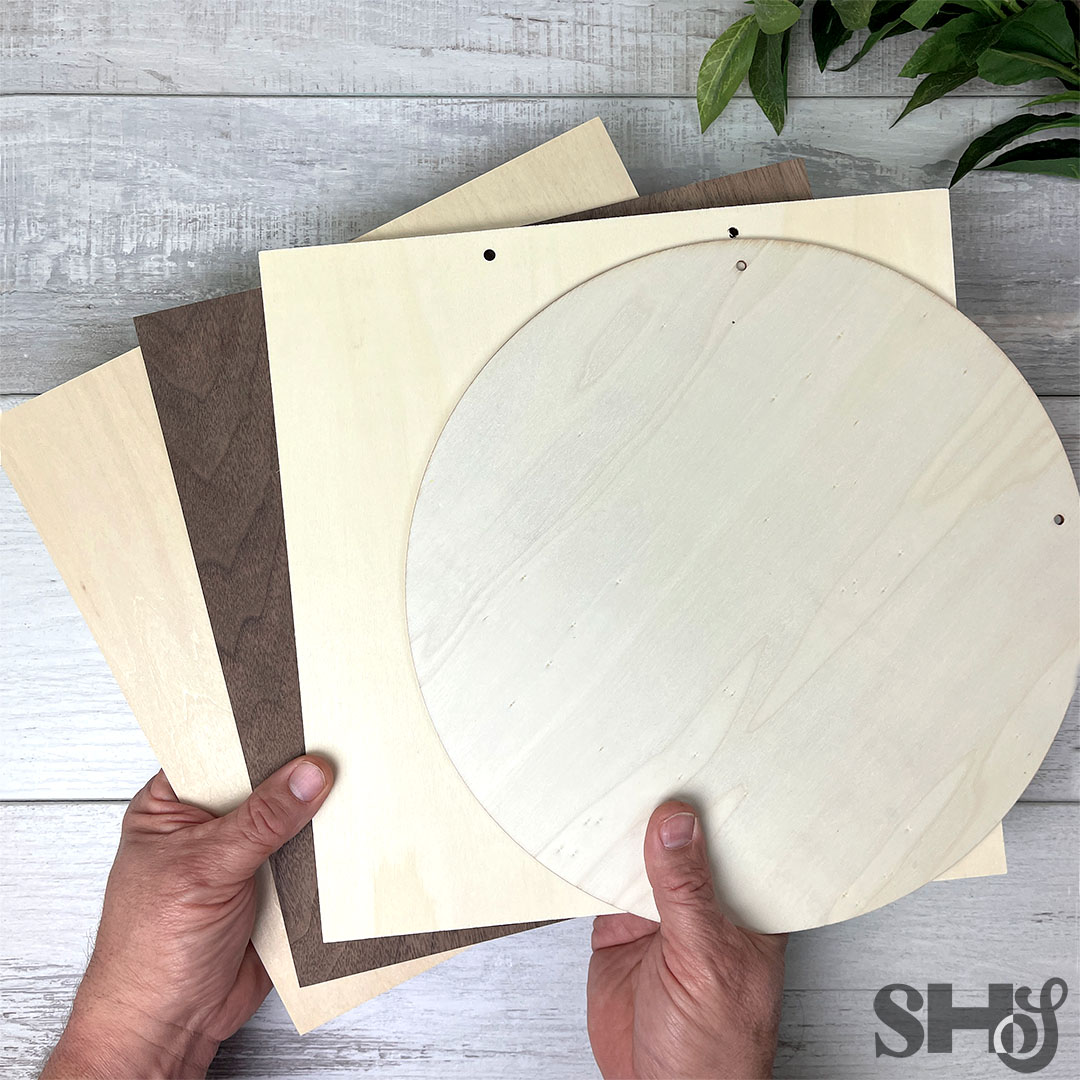
When we first started laser cutting, we thought we could save a ton of money by sourcing wood from budget-friendly spots like Dollar Tree, Lowe’s, and Home Depot. It seemed like a no-brainer at the time: why pay more when cheaper options are readily available?
However, as we quickly learned, not all wood is created equal—especially when it comes to laser cutting. Here are some unexpected challenges we faced and why we now think differently about wood choice.
The Hidden Costs of Cheap Wood
At first glance, inexpensive wood seems like a smart way to save. But here’s what we didn’t anticipate:
- Inconsistent Thickness and Quality: Even if the label says a board is 1/8” thick, variations in actual thickness are common. This means you’ll need to perform a cut test (and possibly an engrave test) for every new batch of wood. And even with testing, cuts can be unpredictable—sometimes leaving pieces uncut or uneven.
- Time Wasted on Fixing Mistakes: Between re-cutting pieces, troubleshooting failed cuts, and manually salvaging uncut sections, we found ourselves losing more time than we bargained for. By the time we factored in the waste and frustration, any initial cost savings vanished.
- Unreliable Engraving Results: Budget woods often produce uneven engraving. You might notice areas where the wood appears lighter or darker than expected due to inconsistencies in density and quality. This can be a dealbreaker for projects where a polished finish is key.
When Cheap Wood Does Make Sense
That said, not all budget wood is a lost cause. For prototypes, test cuts, or low-stakes projects, Dollar Tree wood (like their 12” circles or squares) can work well. Just remember that even within the same batch, there can be differences in thickness—circles are often thinner than squares, for example. Sometimes, however, you’ll get a pleasant surprise. We had some 1/8″ tempered panel (pegboard without holes) and used it to prototype a couple projects. It cuts beautifully and could serve well as a finished material for some projects!
When it comes to producing high-quality finished pieces, you’ll want to invest in premium materials like 1/8” (3mm) or 1/4” (6mm) Basswood or Walnut. These woods cut cleanly and consistently, saving you time and effort.
But can wood ever be too good for laser cutting? In some cases, yes. For one of our early projects—a large tree of life—we thought we’d go big with ½” maple plywood. Spoiler: that was a mistake. Despite having a powerful xTool 55W CO2 xTool P2S laser, we didn’t realize how hard maple is to cut. The result? Lots of burning, charring, and wasted material. Lesson learned: harder doesn’t always mean better.
The Bottom Line
If you’re serious about laser cutting, choosing the right wood isn’t just about cost—it’s about saving time, frustration, and achieving consistent, beautiful results. While budget wood has its place, for professional-quality projects, investing in premium materials is worth every penny.
Have you had your own wood-related laser cutting struggles? Let us know in the comments—we’d love to hear your tips and lessons learned!
